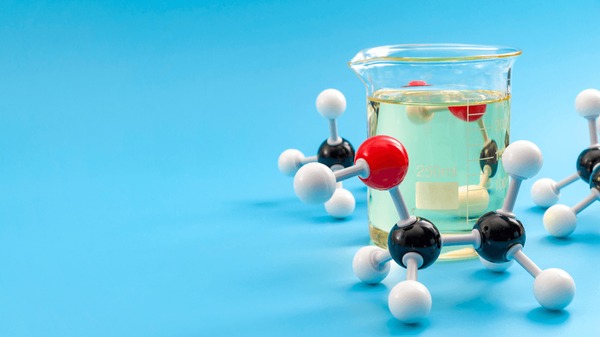In the world of chemistry, organic substances are incredibly diverse and play a vital role in various aspects of our lives. We find these carbon-based compounds in everything from the food we eat to the fuels that power our vehicles. Understanding the different organic substances and their properties can help us appreciate the amazing complexity of the natural world around us.
What Are Organic Substances?

Organic substances are compounds that contain carbon atoms bonded to hydrogen atoms, and often include other elements like oxygen, nitrogen, and sulfur. These substances are typically associated with living organisms, as they are the building blocks of life. Nonetheless, not all organic substances are derived from living things; many are synthesized in laboratories or occur naturally in the environment.
Classification of Organic Substances

Scientists classify organic substances into various categories based on their molecular structure and functional groups. Here are some of the most common types:
Hydrocarbons
Hydrocarbons are organic compounds that consist solely of carbon and hydrogen atoms. The experts at Trecora explain that these substances are the principal components of fossil fuels, like natural gas, petroleum, and coal. Examples include methane (CH4), propane (C3H8), and the various types of gasoline.
Alcohols
Alcohols are organic compounds that contain one or more hydroxyl (-OH) groups attached to a carbon atom. Alcohols find wide applications as solvents, fuels, and in the production of various chemicals. Examples include ethanol (C2H6O), commonly found in alcoholic beverages, and isopropyl alcohol (C3H8O), a common disinfectant and cleaning agent.
Carboxylic Acids
Carboxylic acids are organic compounds that contain a carboxyl group (-COOH). Carboxylic acids are a common component in many foods, including vinegar, citrus fruits, and fatty acids. Examples include acetic acid (CH3COOH), the key component of vinegar, and palmitic acid, a common fatty acid found in plants and animals.
Esters
Esters are organic compounds formed by the reaction between an alcohol and a carboxylic acid. Many fruits and flowers owe their distinct smells and tastes to them. Examples include ethyl acetate, which has a distinctive fruity smell, and isopentyl acetate, which contributes to the aroma of bananas.
Amines
Amines are organic compounds that contain a nitrogen atom bonded to one or more alkyl or aryl groups. Industries widely use them in the production of dyes, pharmaceuticals, and agrochemicals. Examples include methylamine (CH3NH2) and aniline (C6H5NH2), which is used in the production of dyes and rubber products.
Importance of Organic Substances

Organic substances play a crucial role in various industries and everyday life. Here are some key areas where they are essential:
- Pharmaceuticals: Many drugs and medications are derived from or contain organic substances. For example, salicylic acid is the source of aspirin, and certain fungi produce penicillin, which is an organic compound.
- Fuels: Hydrocarbons, such as gasoline, diesel, and natural gas, are the primary sources of energy for transportation and industry.
- Plastics: Most plastics are made from organic polymers, which are long chains of organic molecules. Examples include polyethylene, polypropylene, and polyvinyl chloride (PVC).
- Food and Agriculture: Organic substances are essential for plant growth, food production, and nutrient cycling in ecosystems.
- Cosmetics and Personal Care Products: Many cosmetics and personal care products contain organic substances like fragrances, preservatives, and emollients.
Conclusion
As our understanding of organic substances continues to grow, new applications and innovations are constantly emerging, shaping the way we live and interact with the world around us. With ongoing research and discovery, the significance of organic substances in our daily lives will only continue to expand, revolutionizing fields from medicine to energy production and beyond. These remarkable carbon-based compounds are the building blocks of our modern world.


